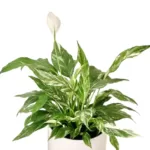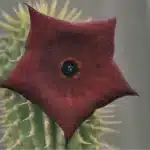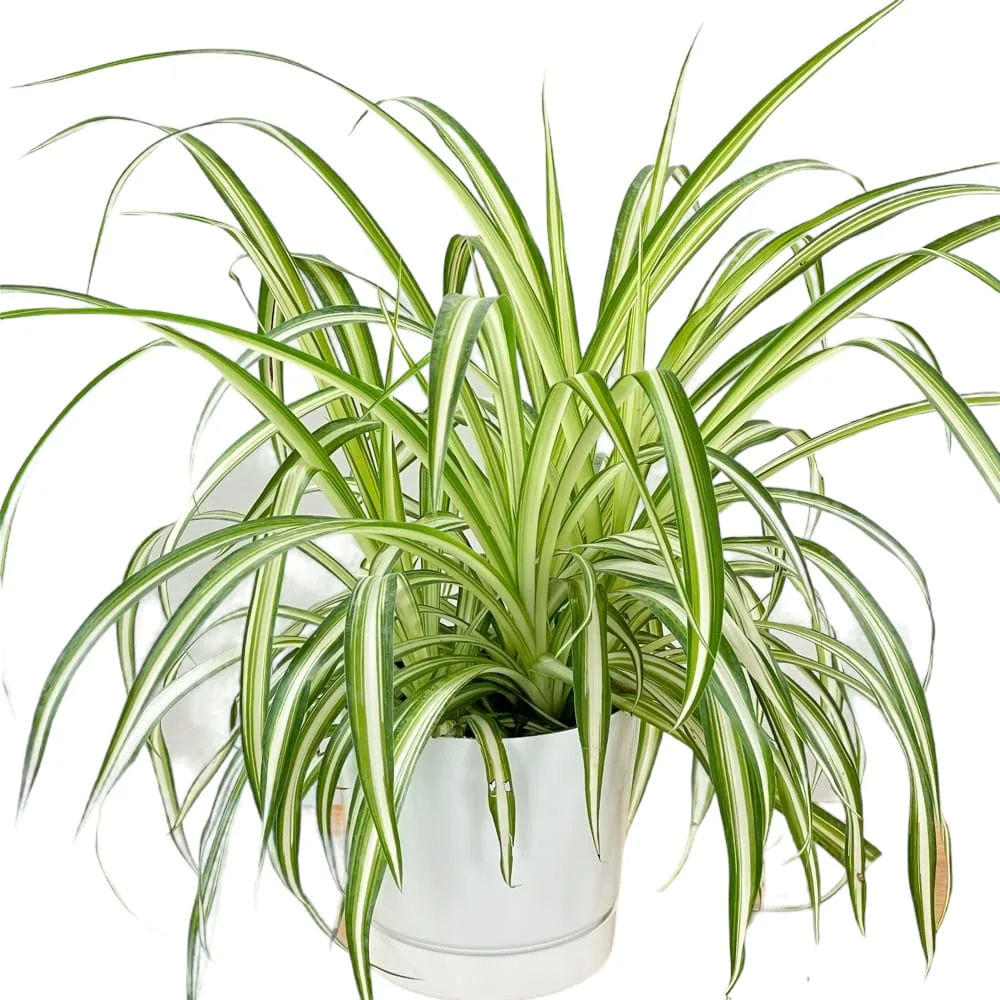Plant Description
Spider Plant is a grass-like evergreen, clump-forming, perennial, herbaceous plant that normally grows about 25-35 cm in height and 60-90 cm in width. The plant is found growing undergrowth of forested river valleys, mountainous regions and thickets, on steep embankments, flat terrain and cliffs. It was found growing in a disturbed urban woodlot on the slopes of a small stream. It grows on a variety of soils (volcanic or sedimentary) derived from sandstone, shale, dolorite or granite. The soils are usually slightly acidic.
Common Name: Spider Plant
Scientific Name: Chlorophytum Comosum
| Rank | Scientific Name & (Common Name) |
|---|---|
| Kingdom | Plantae (Plants) |
| Subkingdom | Tracheobionta (Vascular plants) |
| Infrakingdom | Streptophyta (land plants) |
| Superdivision | Spermatophyta (Seed plants) |
| Division | Magnoliophyta (Flowering plants) |
| Sub Division | Spermatophytina (spermatophytes, seed plants, phanérogames) |
| Class | Magnoliopsida |
| Subclass | Liliidae |
| Super Order | Lilianae (monocots, monocotyledons, monocotyledons) |
| Order | Asparagales |
| Family | Asparagaceae |
| Sub Family | Agavoideae |
| Genus | Chlorophytum Ker Gawl. (chlorophytum) |
| Species | Chlorophytum comosum (Thunb.) Jacq. (spider plant) |
| Synonyms |
|
- Benefits of Spider Plants
- Air purification
- Increase humidity
- Indoor decoration
- Spider plants are edible
- Spider plants are therapeutic
- Clear airborne irritants
- Spider plants absorb ozone
- Pet friendly






















































































































































































Plants are in very good condition. And so affordable..